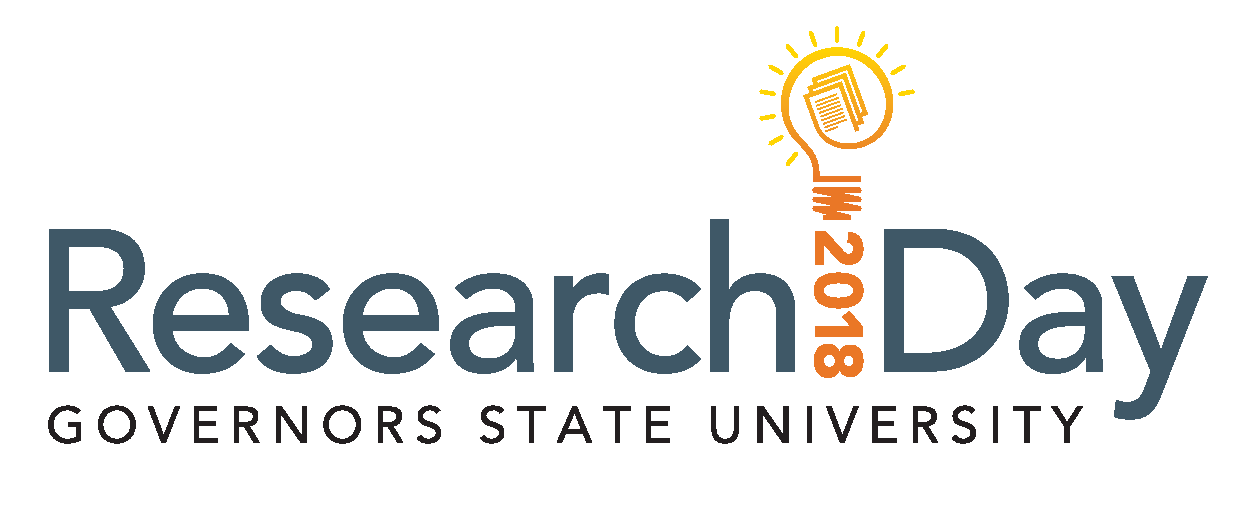
Research Day 2018 Schedule
The Impact of Governors State University and BESI on a Defined Region of the South Suburban Metropolitan Area
Type of Presentation
Paper
Location
D34005
Start Date
4-6-2018 11:20 AM
End Date
4-6-2018 11:50 AM
Abstract
The university is considered one of the engines of growth in a local economy or its market area, since its direct contributions consist of 1) employment of faculty and staff, 2) services to students, and supply chain links vendors, all of which define the University’s Market area. Indirect contributions consist of those agents associated with the university in terms of community and civic events. Each of these activities represent economic benefits to their host communities and can be classified as the economic impact a university has on its local economy and whose spatial market area includes each of the above agents. In addition are the critical links to the University, which can be considered part of its Demand and Supply chain.
This paper explores how Governors State University (GSU) impacts its local economic area (LEA) and competes with its competitors in wider socio-economic areas. It also investigates how it can increase its impact by forming Public/Private initiatives to enhance its economic revenue in a period of declining state government support. Finally, an Input-Output Model is used to estimate the impact.
The goals of the report are to provide a clear and accurate understanding of the economic impact of GSU and its direct, indirect, and tertiary benefits to its defined local economy and market area. This paper contributes to the field of University Impact Analysis, which is used to substantial the social and economic benefits of a university. We use Census data on Output of Goods and Services, Labor Income on Salaries, Wages and Benefits, Indirect State and Local Taxes, Property Tax Revenue, Population, and Inter-Industry to measure economic impact (Implan, 2016).
Identify Grant
University Research Grant
The Impact of Governors State University and BESI on a Defined Region of the South Suburban Metropolitan Area
D34005
The university is considered one of the engines of growth in a local economy or its market area, since its direct contributions consist of 1) employment of faculty and staff, 2) services to students, and supply chain links vendors, all of which define the University’s Market area. Indirect contributions consist of those agents associated with the university in terms of community and civic events. Each of these activities represent economic benefits to their host communities and can be classified as the economic impact a university has on its local economy and whose spatial market area includes each of the above agents. In addition are the critical links to the University, which can be considered part of its Demand and Supply chain.
This paper explores how Governors State University (GSU) impacts its local economic area (LEA) and competes with its competitors in wider socio-economic areas. It also investigates how it can increase its impact by forming Public/Private initiatives to enhance its economic revenue in a period of declining state government support. Finally, an Input-Output Model is used to estimate the impact.
The goals of the report are to provide a clear and accurate understanding of the economic impact of GSU and its direct, indirect, and tertiary benefits to its defined local economy and market area. This paper contributes to the field of University Impact Analysis, which is used to substantial the social and economic benefits of a university. We use Census data on Output of Goods and Services, Labor Income on Salaries, Wages and Benefits, Indirect State and Local Taxes, Property Tax Revenue, Population, and Inter-Industry to measure economic impact (Implan, 2016).
